The Glorious Twelfth: Can pheasant and grouse shooting ever be ethical?
It doesn’t get more free range than game. But can killing for sport ever be ethical? Lizzie Rivera examines how a rise in flexitarianism is helping to shift shooting’s bad reputation
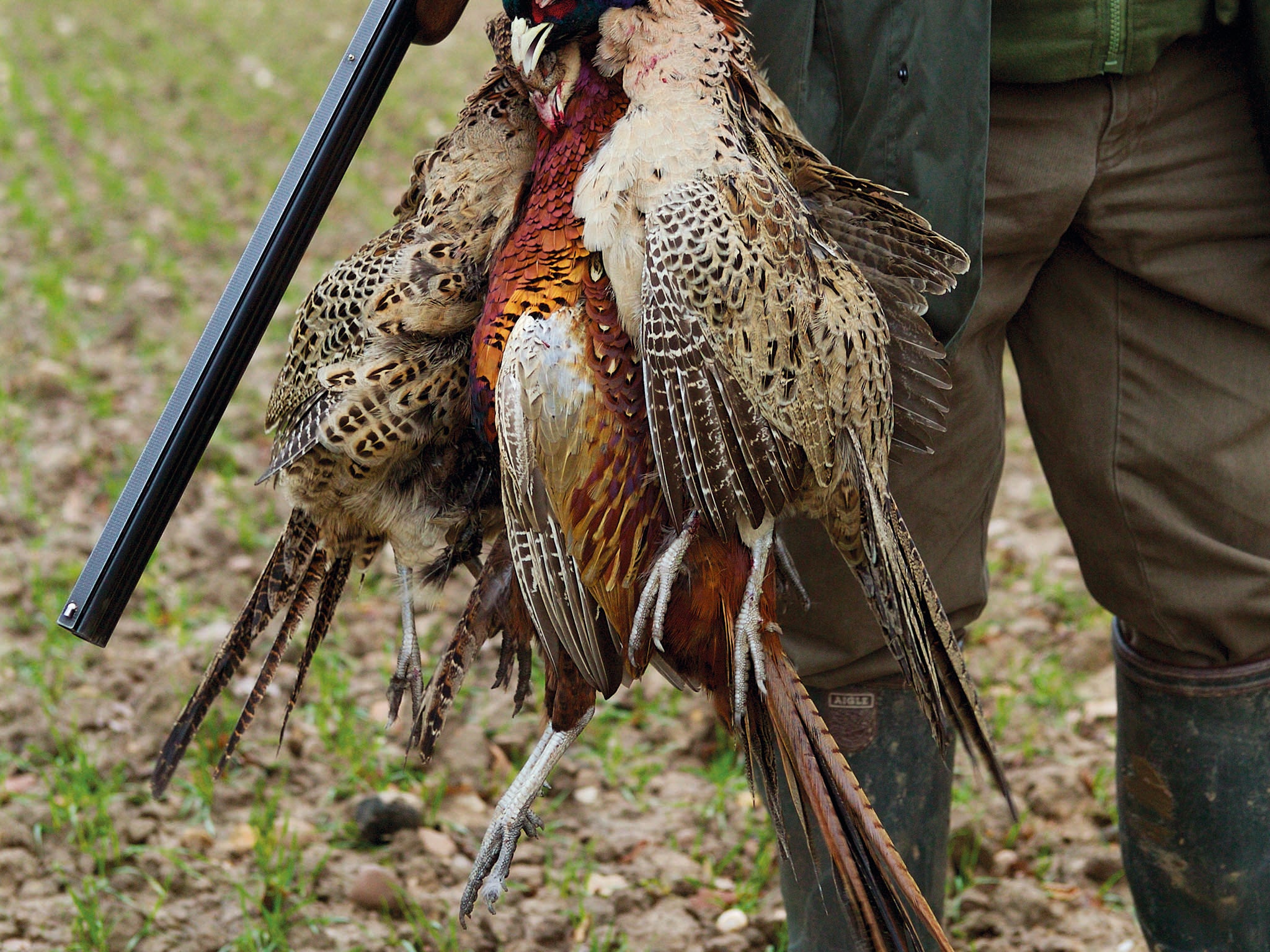
Your support helps us to tell the story
From reproductive rights to climate change to Big Tech, The Independent is on the ground when the story is developing. Whether it's investigating the financials of Elon Musk's pro-Trump PAC or producing our latest documentary, 'The A Word', which shines a light on the American women fighting for reproductive rights, we know how important it is to parse out the facts from the messaging.
At such a critical moment in US history, we need reporters on the ground. Your donation allows us to keep sending journalists to speak to both sides of the story.
The Independent is trusted by Americans across the entire political spectrum. And unlike many other quality news outlets, we choose not to lock Americans out of our reporting and analysis with paywalls. We believe quality journalism should be available to everyone, paid for by those who can afford it.
Your support makes all the difference.A week on Monday, the Glorious Twelfth marks the start of grouse shooting season on the sprawling heather moorlands in the north of England and Scotland.
Grouse will be on the menus of top restaurants by that evening, revered by chefs for its herby, earthy flavour as well as its exclusivity. Practically impossible to breed in captivity, red grouse are the UK’s only indigenous wild bird and are limited in numbers because of this – it is estimated that around 700,000 will be shot and served up during the shooting season which ends on 10 December. They are also incredibly fast, requiring great skill to shoot.
However, grouse is a dish rooted in controversy.
Supporters of grouse shooting maintain this historic sport, which dates back to the mid-1800s, is rooted in tradition. It creates tourism and jobs in rural areas and they argue that the burning of heather – to encourage regeneration of the grouse’s food and shelter of choice – helps to protect precious moorland.
Environmentalists, meanwhile, have little patience for this argument. They maintain this practice contributes to global warming and threatens other wildlife. They also accuse landowners of illegally killing the natural predators of grouse, especially birds of prey, to dangerously low numbers.
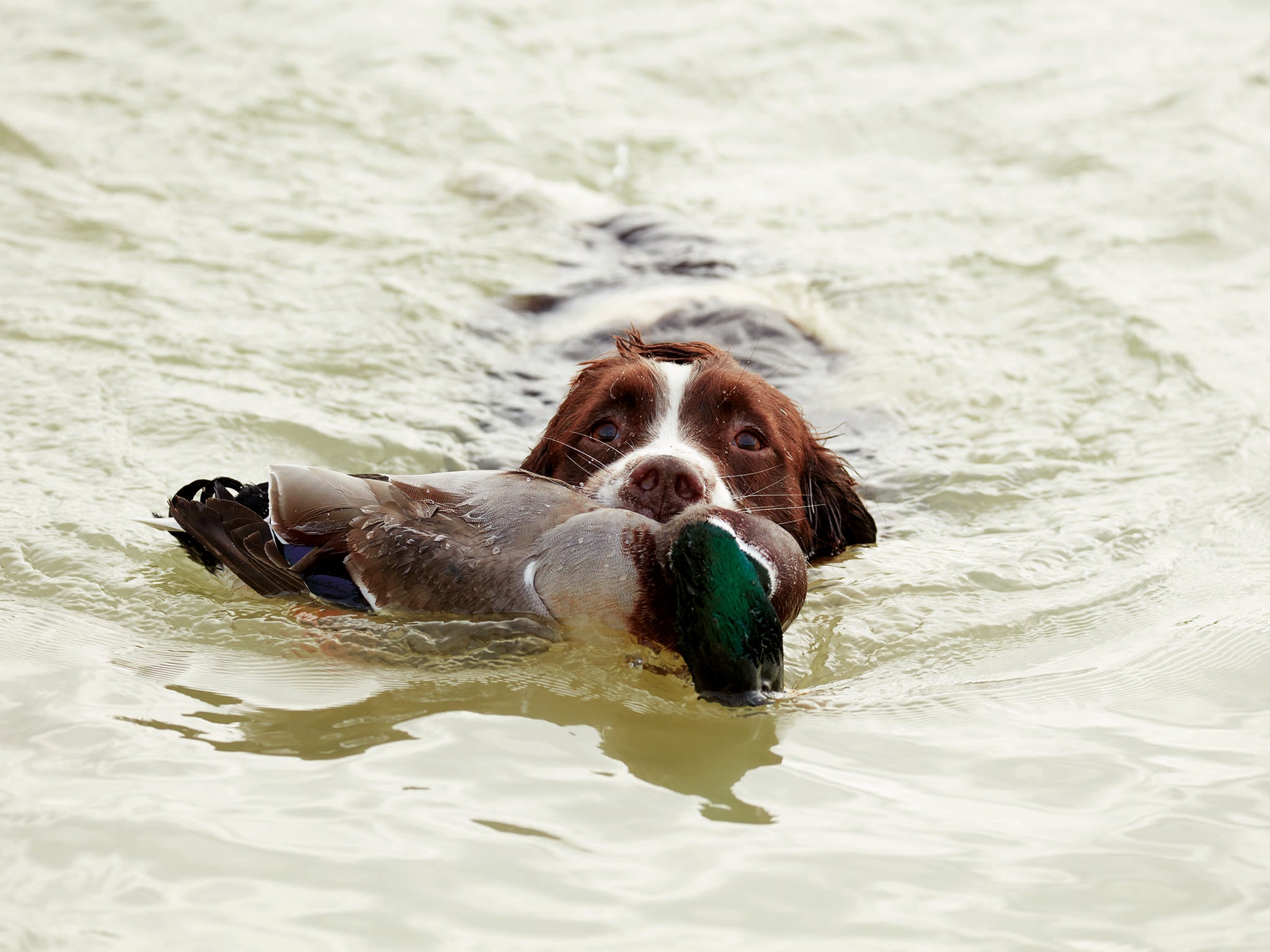
“It’s unacceptable that all of us should suffer the loss of something like the hen harrier because people want to go grouse shooting,” says author of The Ethical Carnivore Louise Gray, who spent a year eating only the meat from animals she killed herself.
“Having said that, I have been on grouse moors and there is a lot of biodiversity… I’m not ready to say it should be outlawed.”
The rise of shooting for sport
For flexitarians, such as myself, who are on a quest to only eat ethically sourced meat, game seems the obvious answer.
Meat doesn’t get much more free range and death doesn’t come much quicker than a good shot.
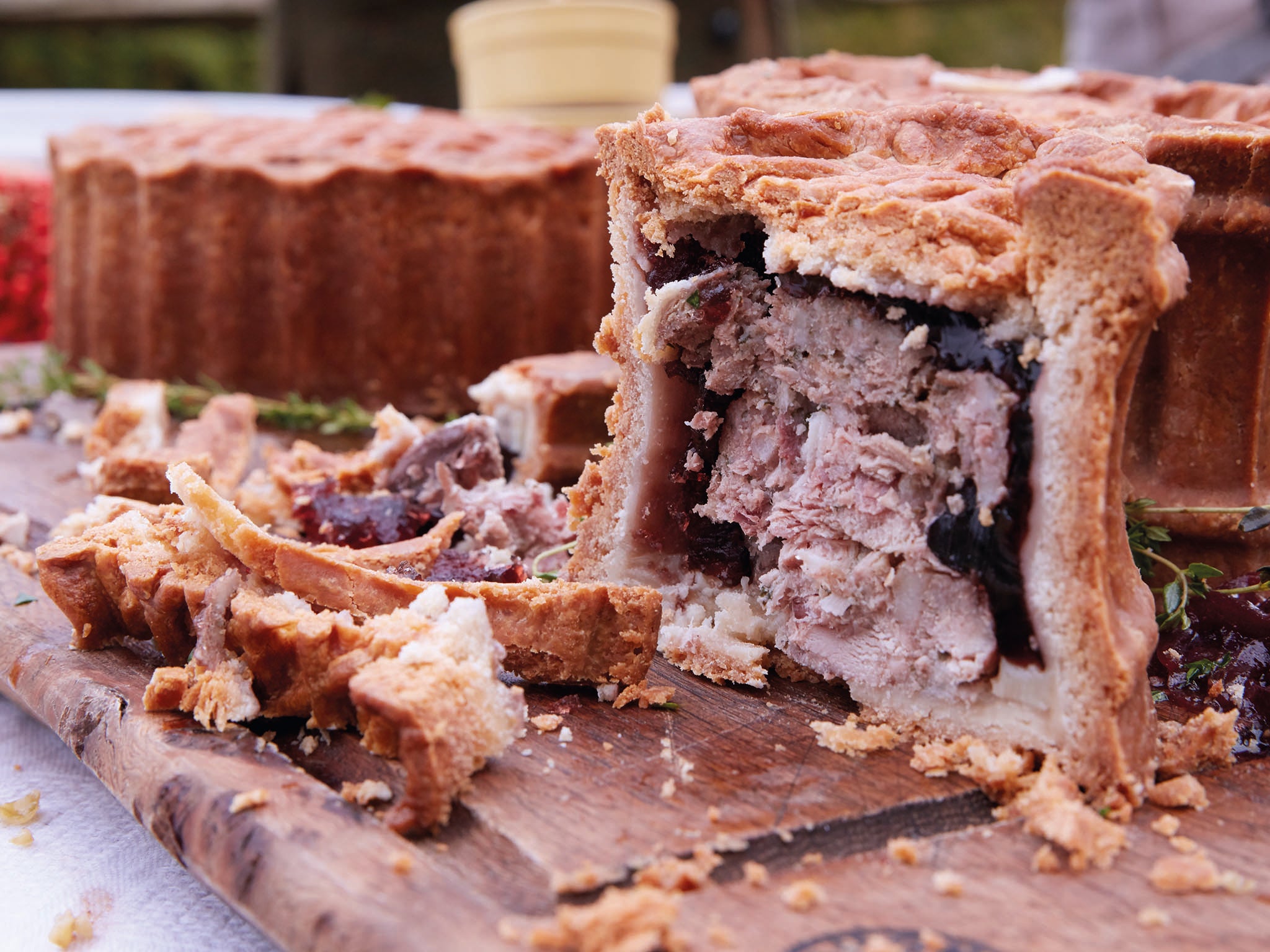
If you want to eat game bird that’s completely ethical, Gray advises you’re better off opting for rabbit, squirrel and pigeon, which are all shot to manage the countryside rather than for sport.
Farmers will organise shoots for friends and associates where money never changes hands, a sociable day out where everything that is shot is eaten.
However, the rise in popularity of game shooting for pleasure is becoming an increasingly loaded issue and, personally, I find pheasant as problematic as grouse.
Three top restaurants serving game
Trullo, Londo
Head chef Tim Siadatan holds an annual game feast at this fabulous north London restaurant that offers a British take on an Italian men
trullorestaurant.com
The Kitchin, Edinburg
Serving British cuisine influenced by French cooking techniques, the Kitchin’s philosophy is from nature to plat
thekitchin.com
The Wild Rabbit, Cotswold
Michelin starred chef-patron Alyn Williams shares his passion for seasonal, local produce at this modern British in
thewildrabbit.co.uk
Driven grouse shooting is very elitist; you generally have to be invited on a shoot by a very wealthy landowner. “It’s the one thing you can’t buy,” says Gray, who writes about her experience being on a shoot and her fascination with the “frankly strange British social ritual, centuries old, riven by class and questions over the management of our countryside”.
But anyone can buy a day shooting pheasant from upwards of £80 from a shooting agent online and the real problem comes with those who are paying £25,000 or more, to shoot upwards of 600 pheasants, which have been specially bred for the sport.
The Game and Wildlife Conservation Trust estimates that a staggering 35 million pheasants are now reared and released each year.
The obvious issue with this is that it’s not actually very sporting. As a nation we don’t really eat game and so the majority of these birds are unceremoniously disposed of, which isn’t in the spirit of shooting for the purposes of countryside management or to put food on the table.
Oversupply also means pheasant prices have gone through the floor. In the countryside they are either giving pheasant away for free or selling the breasts to local restaurants for around 50p. Its only real value is what people are prepared to pay to kill them – around £50 a shot.
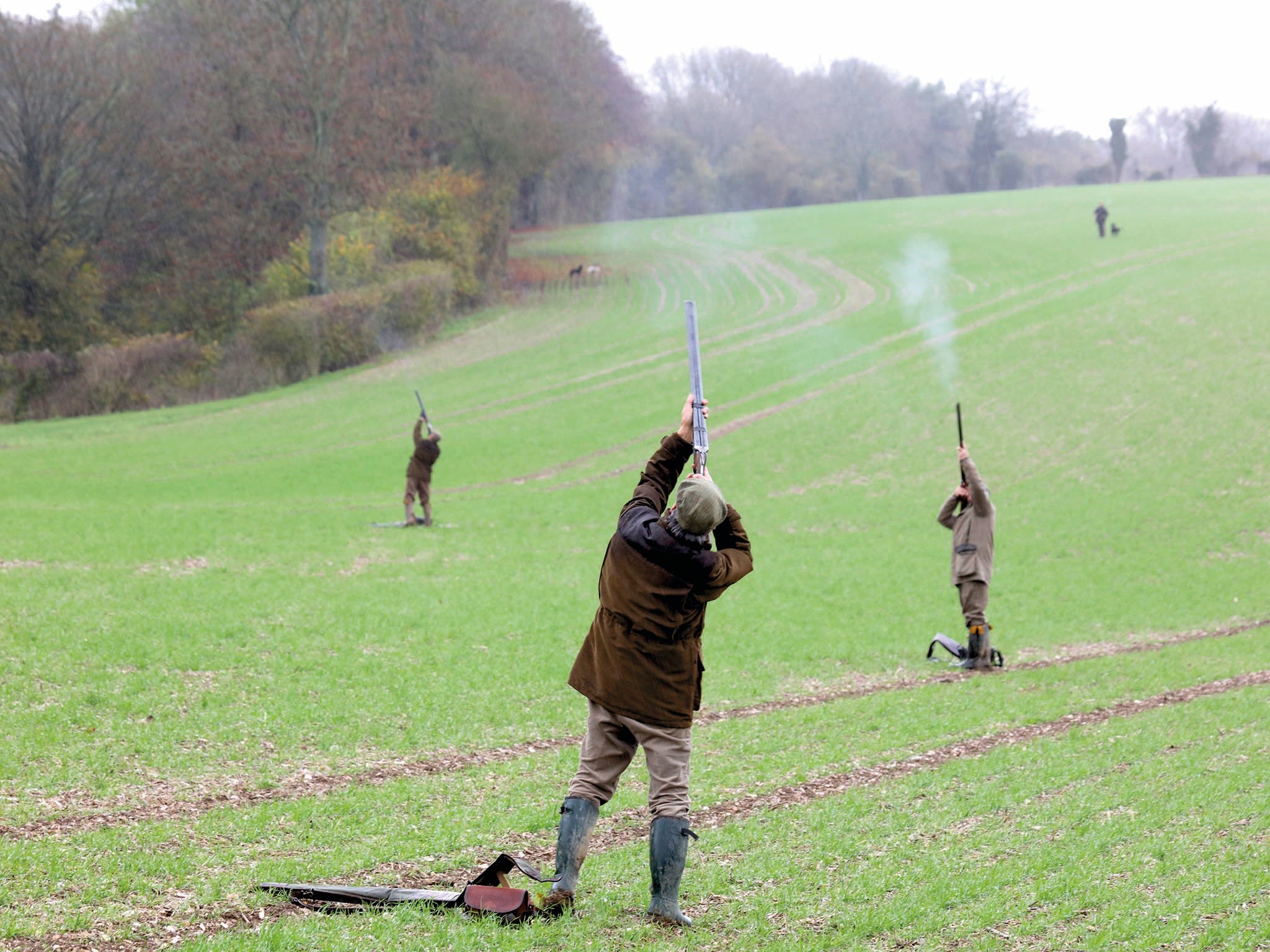
“We dumped thousands last year, just paid to get rid of them which is a terrible waste,” says Alan Hayward, who founded butchery Vicars Game in 1985, supplying everyone from locals in his Reading-based butchers shop to top London restaurants, including The Ledbury.
The other big concern with large commercial shoots is that it’s impacting the export market for pheasant, partly because the birds are being overmedicated to prevent the spread of disease because they are now bred in such close confinement.
“The only way we’re going to get our pheasant shooting back to realism is to stop rearing and releasing. That way you wouldn’t get nearly as many birds about,” says Hayward. “You would also get a lot more wild birds breeding, because very few reared birds breed.”
Although more and more people are supporting this view, it isn’t on the cards yet.
Hayward believes that the next step would be for celebrity chefs to boost pheasant’s appeal in a similar way to how the TV show the Great British Menu secured venison’s place on our menus.
Most British venison was also exported abroad, until a loin of roe venison was chosen as the winning dish for the Queen’s 80th birthday banquet in 2006.
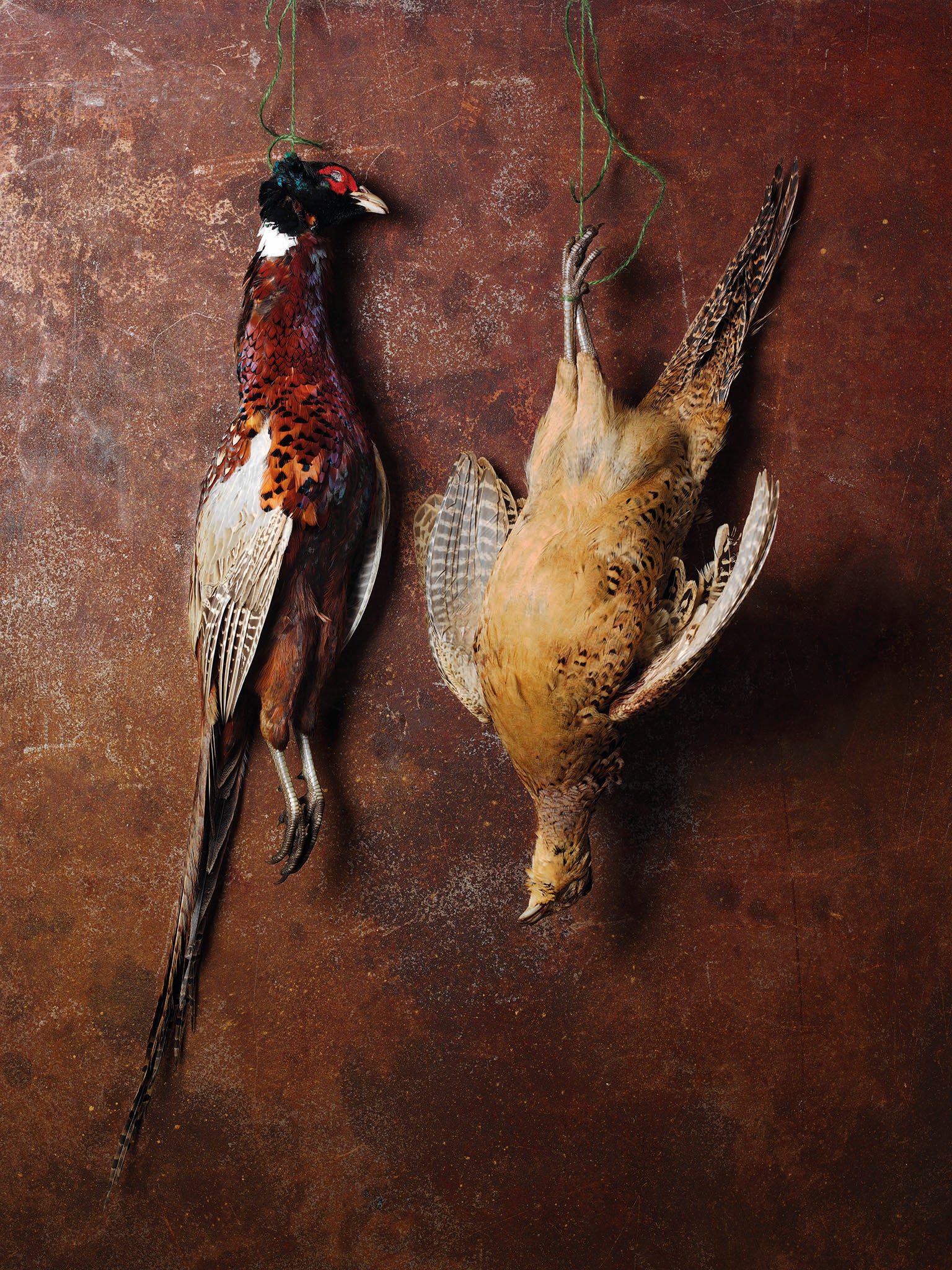
Hayward says: “From that day onwards celebrity chefs started using it and the market changed in a big way. The demand for venison is just incredible, we never get a surplus.”
Game vs indoor reared meat
While I have an issue with the ethics of eating an intensively reared animal, the reality is that whether we eat pheasant or not doesn’t currently have an impact on how it is bred. It could be argued that at least by eating it, it’s not such a waste of a life – you’re not encouraging pheasant shooting you’re just using up the glut that is there.
“Pheasant is such a beautiful bird. I love plucking it and eating it probably for sentimental reasons because I was brought up on it – like a lot of people who grew up in in the countryside,” says Gray.
Seasonal game
Most game can only be shot during certain times of the year, to allow them to breed and migrate. Here’s when it’s in season in England and Wales
Red grouse
12 August – 10 December
Black grouse
10 August – 10 December
Grey and red-legged partridge
1 September – 1 February
Duck and goose
1 September – 31 January
Pheasant
1 October – 1 February
“It’s quirky and unexpected, you don’t know how it’s going to taste each time.”
Unfortunately, this is what makes pheasant a harder sell for most of us who have become accustomed to the comparatively bland but uniform flavour of chicken, ready plucked, washed and wrapped in plastic on a supermarket shelf.
Both birds originate in Asia, yet the majority of chickens sold in the UK are reared in barns and barely live to five weeks old, by which time they can hardly walk and are slaughtered unceremoniously.
Pheasants, on the other hand, are released to the wood at seven weeks and start to fly around 20 weeks. They roam, fly and forage. They’ve lived and their flavour reflects this.
“I only want to eat high quality meat and I put game into that category,” says farmer and founding member of the Aldeburgh Food and Drink Festival William Kendall, whom I accompanied on my first duck shoot as dawn was breaking last autumn.
I was, perhaps hypocritically, grateful for every duck that escaped the bullet but all the ducks that were shot were eaten.
Wild duck also tastes completely different to the indoor ducks we’re used to eating, reared in barns without access to ponds. It’s half the size, lean, has little fat and a wild flavour.
Most importantly, it has lived. This is one of the main reasons I would opt for game over intensively farmed meat.
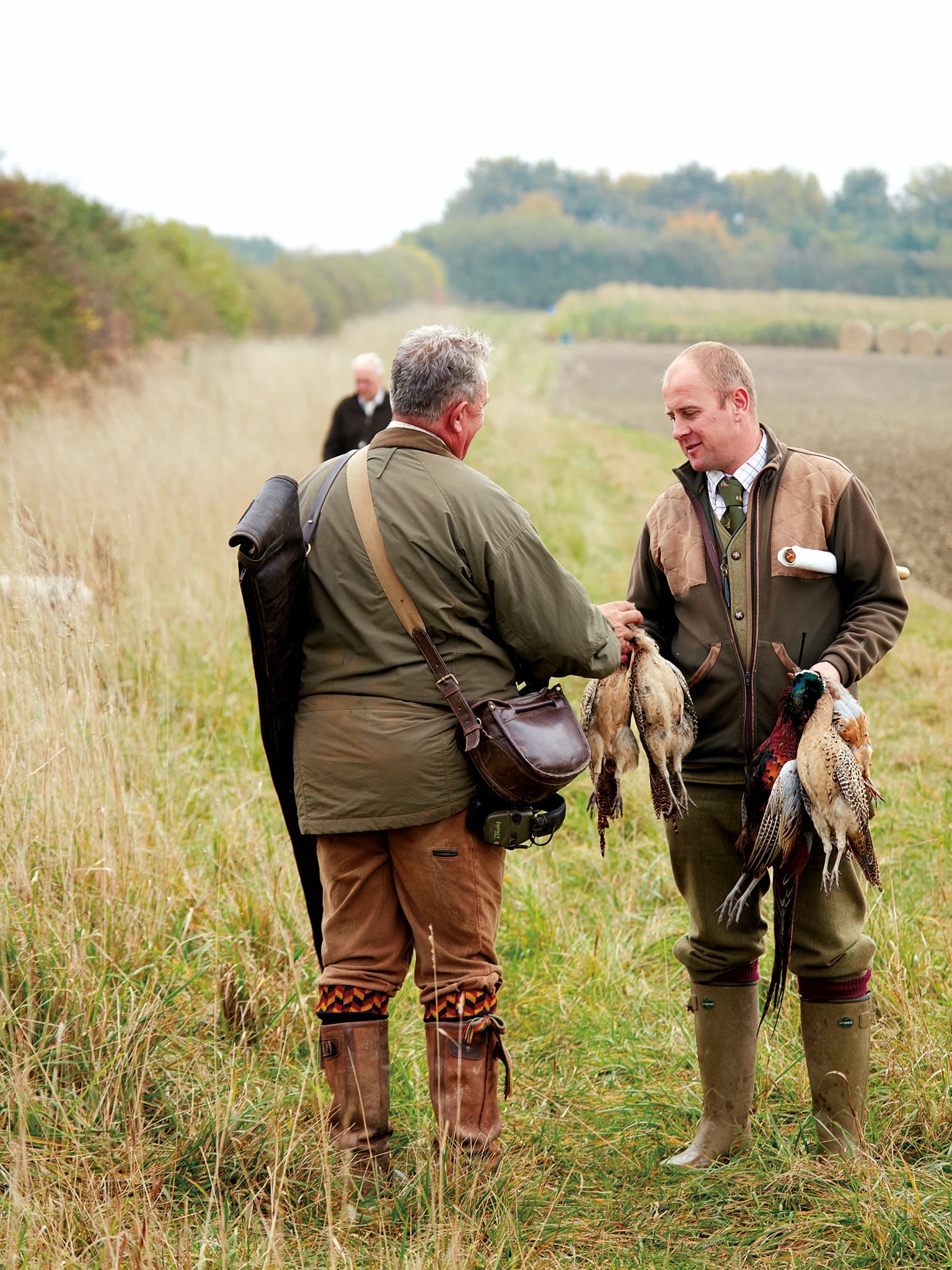
The other is that, some pheasant aside, most of it has not been pumped full of antibiotics. It has also eaten a largely foraged and natural diet, so it’s more healthy than factory reared meat.
“But we’re a little bit scared of game,” says Jose Souto, author of the newly published Feathers, a beautiful book with game bird recipes he has spent four years creating with photographer Steve Lee.
“We’ve become too used to something we can cook quite quickly and if you mess it up a bit it’s still edible.”
Game also takes a little more effort to buy in the city – you need to know where to buy it. It’s not widely available in supermarkets, but you can find it in farmers’ markets or specialist butchers, and order it from food delivery services such as Ocado, Farmdrop and Abel and Cole.
Cooking game bird is not difficult, but it does have to be handled with a little more care than chicken so it doesn’t dry out.
Souto is also a senior chef lecturer at Westminster Kingsway College, which has trained chefs such as Jamie Oliver and Sophie Wright. When roasting game birds his advice is to poach them for a few minutes first or bard them – covering the birds with a thin layer of fat – to keep them moist in the oven. For the same reason, always slightly undercook them and leave them to rest before serving.
Another way to cook game bird is to remove the breasts and pan fry them, but you can’t do this for legs of bigger birds, because they need to be slow cooked to tenderise them, which is why pheasant curry is another great option.
Lizzie Rivera is the founder of lifestyle website BICBIM (bicbim.co.uk), which focuses on food ethics and sustainability
Join our commenting forum
Join thought-provoking conversations, follow other Independent readers and see their replies
Comments